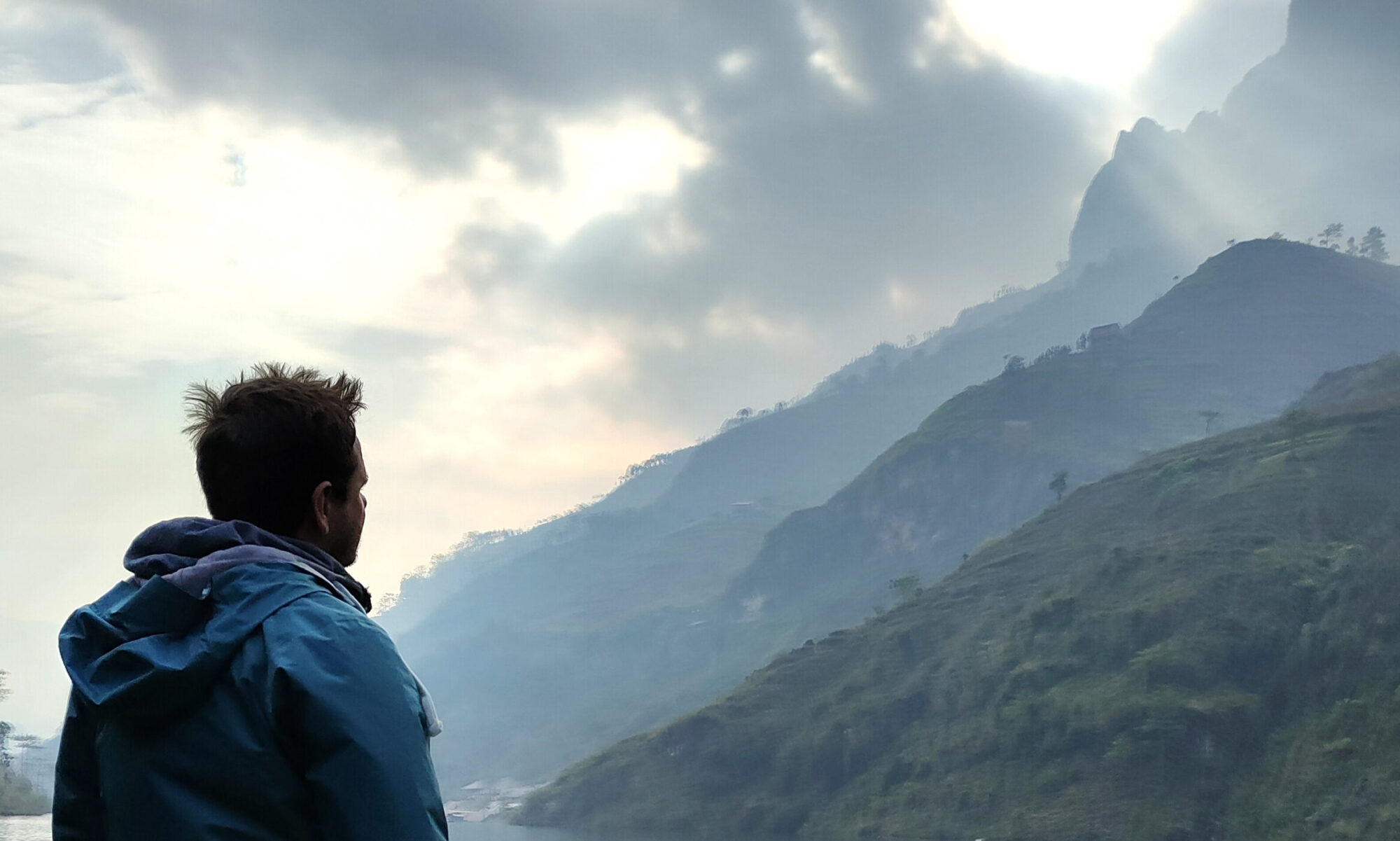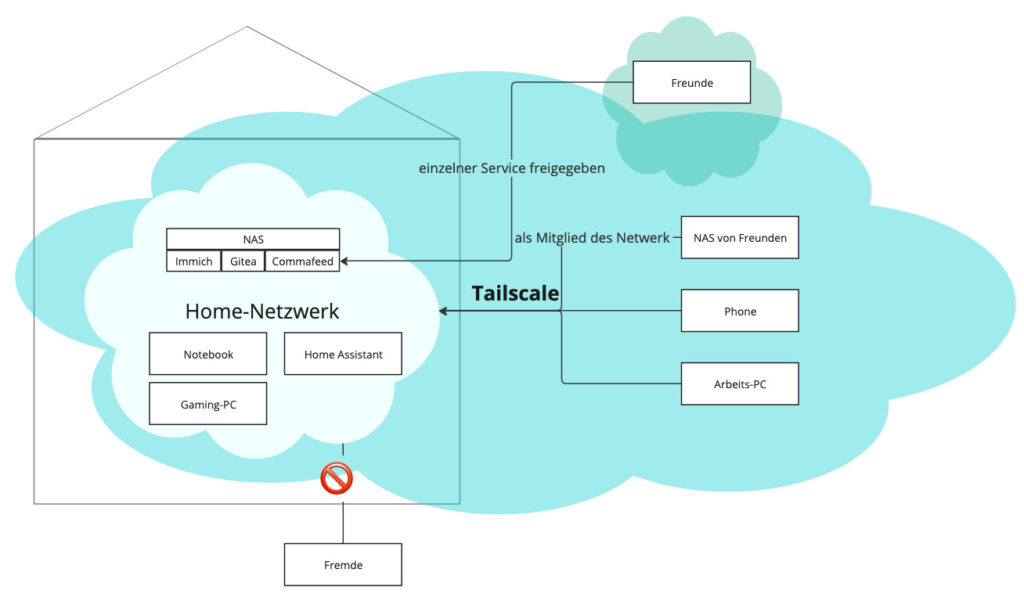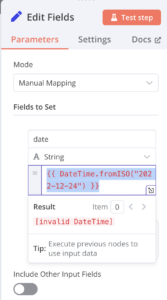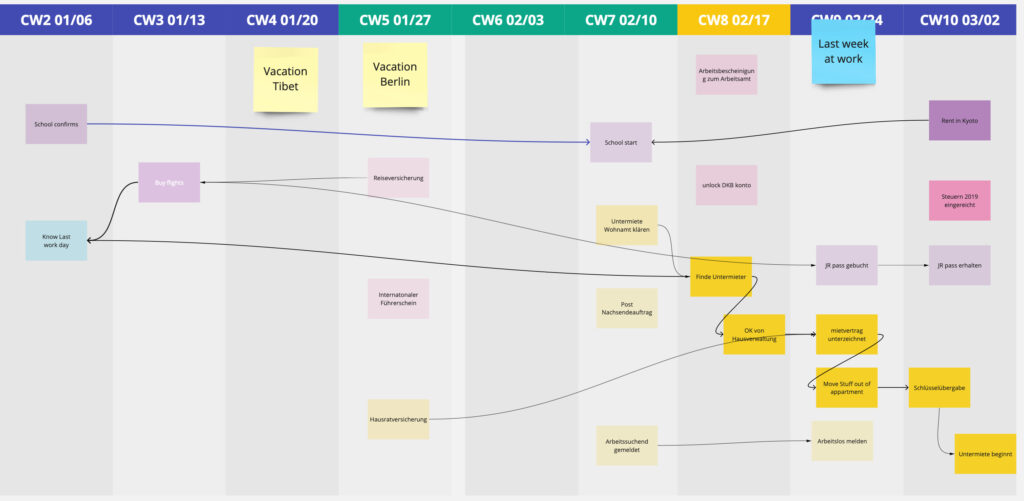Über die Jahre, die ich Berlin meine Heimatstadt nennen konnte, entdeckte ich ein Motiv, dass in der Geschichte der Stadt immer wieder aufkam. Eine stille Sehnsucht, die sich in einem regelmäßig wiederkehrenden Wunsch äußert. Dem Wunsch nach einem richtigen Berg.
2007 lernte ich im Dokumentarfilm “Die Pyramiden vom Treptower Park” erstmals von der einstigen Idee in der Stadt einen künstlichen Berg zu errichten. 1896 fand auf dem Gelände des Treptower Parks die Berliner Gewerbeausstellung statt, die ein deutscher Gegenentwurf zur Weltausstellung in Paris sein sollte, aber ziemlich verregnete. Die Gehwege des Treptower Parks lassen sich bis heute auf die einstiegen Ausstellungen der Gewerbeaustellung zurückführen. Ein Berg entstand nicht, dafür Pyramiden umgeben von viel kolonialem Rassismus.
Ein Jahr später wurde 2008 in Berlin der Flughafen Tempelhof geschlossen und das Tempelhofer Feld als neue Park eröffnet. In den Jahren um die Eröffnung gab es mehrere Ideen-Wettbewerbe über die Gestaltung des Feldes. Neben konventionellen Entwürfen, waren darunter auch eine Segel-Marina und … The Berg.
The Berg war der Vorschlag eines 1200m hohen Berges, aufgeschüttet auf der Fläche des 5km umfassenden Feldes. Eine Seilbahn mit Gondeln in Form von Rosinenbombern würde Skifahrer auf Skipisten bringen. Bergziegen säumen seine Hänge. Am Tempelhofer Bergstübl kann man für Almdudler, Spritzer und Aprés Ski einkehren. Die Illustrationen stehen bis heute online. Der Vorschlag geht mit einer Selbstironie heran un dem Wissen, dass Vorschlag wohl nicht realisiert werden wird, aber in unserem Herzen würde The Berg immer dort sein.
Kaum 10 Jahre später erwachte die Idee eines künstlichen Berges 2019 für zum 40. Geburtstag des Bezirk Marzahn-Hellersdorf zu neuem Leben. Das Künstlerkollektiv Plastique Fantastique errichtete am 7. September 2019 einen kunstvollen und künstlich Vulkan auf den Ahrensfelder Bergen, der für diesen Tag die höchste Erhebung Marzahn wurde.
Doch auch woanders kommt die Idee einen Berg zu errichten immer wieder auf. So auch in den Niederlanden von Thijs Zonneveld, mit dem Vorschlag einen 2km hohen Berg im sonst flachen Land zu errichten.
Italien hat indes die Idee bereits vor 1800 Jahren in die Tat umgesetzt.
Monte Testaccio ist ein 50m hoher Berg in Rom – aufgehäuft über Jahrhunderte aus antiken Tonscherben. Einst die größte Müllhalde des Antiken Roms beherbergt er heute unterirdische Restaurants.
Doch zurück nach Berlin. Was beim Enthusiasmus über das Errichten neuer Berge oft vergessen wird, ist dass Berlin dies bereits längst gemacht hat.
22 Jahre lang brachten täglich 800 Lastzüge bis zu 7000 m³ Schutt in den Grunewald. Bis 1972 entstand aus 26 Millionen Kubikmeter Schutt der Teufelsberg. Dies benötigte zuvor den gewaltvollen Abriss von 15.000 Gebäuden, einen Regierungsumsturz und eine wohlgesetzte Kugel am 30. April 1945. Ein Drittel des Bauschutt aus der Folge des 2. Weltkrieg endete im Teufelsberg. Weiterer Schutt schufen den Insulaner, den Mont Klamott und weitere Monte Scherbelinos in ganz Deutschland.
Der Teufelsberg 120m ist heute mit die zweithöchste Erhöhung des Gebiets von Berlin. Höher als die natürlichen Müggelberge im Südosten, etwas niedriger als die Arkenberge in Pankow im Norden. In 1972 eingeweiht machte er Westberlin ein neues Ski-Gebiet mit Sprungschanze und Schlepplift zugänglich. Der Lift wurde ein Jahr später wieder abgebaut.
Und so schließt sich der Kreis.
In Berlin sieht sich in seiner Sehnsucht nach einem Berg, dem Vergessen konfrontiert, was der Stadt bereits Berge gebracht hat.
Ich wünsch mir keine neuen Berge.
Wer Nazis wählt, ist ein Nazis. Wählt keine Nazis.




